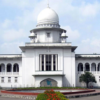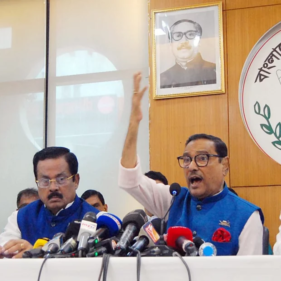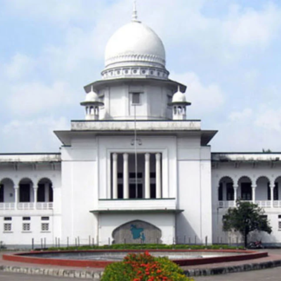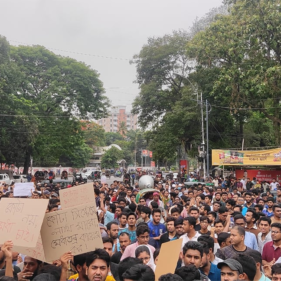Around 80 percent of the country’s population will live in the cities by 2041, which could lead to an increased risk of urban disasters, according to a study.
The study, “Disaster Risk of Bangladesh”, jointly conducted by Buet professors Raquib Ahsan and Shakil Akther, was revealed at a roundtable discussion yesterday.
The event, titled “Actions for urban disaster risk reduction: Dhaka perspective”, was jointly organised by Bangladesh Institute of Planners (BIP), Rajdhani Unnayan Kartripakkha (Rajuk), and Urban Development Journalist Forum, at Dhaka’s Planners Town in Bangla Motor.
The study blamed a serious lack of coordination between several key authorities, including the disaster management and relief, housing and public works ministries, Dhaka Water Supply and Sewerage Authority, Dhaka Electric Supply Company, Bangladesh Bidyut Unnayan Board, Titas Gas Transmission and Distribution Company, and Dhaka north and south city corporations, for the increasing risk of urban disasters.
The study presented eight recommendations to address these issues and mitigate the risk of such disasters. The remedies include implementation of an earthquake contingency plan prepared by city corporations, enforcement of building codes, and the establishment of a professional council.
The aforementioned authorities were supposed to make contingency plans separately, and then integrate them nationally. However, none of them fulfilled this requirement, said Prof Raquib, of the Department of Civil Engineering, while presenting the study.
Shakil Akther of the Department of Urban and Regional Planning was also present during the discussion.
The study presented eight recommendations to address these issues and mitigate the risk of such disasters.
The remedies include implementation of an earthquake contingency plan prepared by city corporations, enforcement of building codes, and the establishment of a professional council with various types of registrations.
Attending as chief guest, Foreign Minister AK Abdul Momen expressed concern over the prevalent practice among citizens of building excessive walls. He emphasised the need to discontinue this practice as it often hinders the timely entry of emergency personnel during crises.
Momen also stressed the importance of playgrounds, ponds, and water bodies, which can play a significant role in mitigating the impact of disasters, such as earthquakes and fires, thereby safeguarding communities and saving lives.
Present as special guest, Kazi Wasi Uddin, secretary of Ministry of Housing and Public Works, highlighted the joint initiatives undertaken by the ministry, city corporations, and Rajuk to reduce the risk of manmade disasters.
He also spoke of efforts that are being taken to identify earth-quake prone structures. “However, the process is delayed due to a lack of staffers,” he said.
Anisur Rahman Miah, chairman of Rajuk, said efforts are underway to publish a map of risky buildings in the capital.
About risky buildings in Dhaka, he said, “We are working to appoint a third-party panel, comprising experts from different sectors, to assess the validity of these risks. The project is being drafted and will be presented to the authorities soon.”
The event, moderated by Sheikh Mohammad Mehdi Ahsan, general secretary of BIP, was attended by representatives from Wasa, Desco, Titas Gas, DNCC, JICA, and Dhaka Metropolitan Police.





 For all latest news, follow The My News’s Google News channel.
For all latest news, follow The My News’s Google News channel. 



